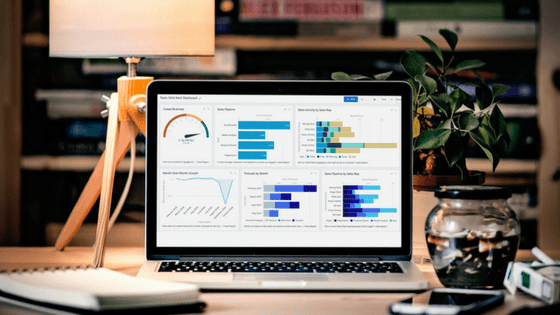There was a time in which sales was largely an instinct-profession. A salesperson’s intuition was just as important as their ability to close. They went where their noses led them and adapted pitches on the fly.
Today’s sales teams are data driven, which enables them to take a wide variety of factors, such as market changes, competitor activity, customer preferences, and company-wide campaigns into consideration before meeting with a potential customer. However, this means sales teams can now only be as effective as their data is accurate.
This brings us to the relationship between clean data and your sales team.
What is Clean Data?
Error free, consistent and accurate, clean data is fundamental to the success of a sales team. It can help reps identify opportunities they may have otherwise overlooked, as well as avoid bad-fit customers. On the other hand, data maladies such as duplicate entries, partial details, and outdated information can sabotage the effectiveness of even the most robust sales team.
Fortunately, sales managers now have access to platforms they can use to take actions such as building SalesForce automations capable of updating data, even in custom fields, without their direct interaction.
Avoiding Dirty Data
These tips will help avoid the accumulation of “dirty” data in the first place.
Standardized Data Entry – All forms customers complete should ask for the same information. Moreover, they should all function the same way. If one form uses a dropdown for certain data points and another one does not, you risk acquiring incomplete data. Or, say for example, one form requests an email address and another one doesn’t, you’re setting yourself up to have an incomplete set of contact data. Long story short, every piece of data gathered should come into your system in the same way, regardless of its point of origin.
Eliminating Unusable Data – Blacklisted leads should be removed form your database immediately. The same is true for inactive or disengaged contacts. People leave companies all the time, which renders their email addresses inaccurate. Then, there is the problem of duplicate information. Allowing these types of data to remain in your system will hamper your sales efforts over time.
For example, bad email addresses will amplify your bounce rate. Or, in situation in which you’re operating a “personalized” campaign, duplicate information will cause recipients to get the same pitch multiple times, undermining your ‘personal” approach.
Another benefit of this practice is that it helps maintain compliance with privacy regulations. Collecting every little bit of data you can get your hands on runs the risk of corrupting your database. Focus only on information that will benefit your sales and marketing efforts.
Automated CRM Platforms – With the right automation tools, you can validate the accuracy of customer data, update your data base automatically and free your sales team up to do what they do best — sell — rather than spend valuable time on data entry.
Test the system regularly to ensure it’s operating optimally. Schedule data validation trials at regular intervals in which you look for duplicated, incomplete and/or corrupted data. This will enable you to get out in front of potential issues before they blossom into full-blown problems.
Establishing a Point Person – Maintaining the cleanliness of your database should be the responsibility of a particular individual, or group of individuals within your organization. These people should be responsible for running the CRM automations your platform employs to ensure they’re functioning properly. They should also conduct routine audits to ensure your data hygiene efforts are effective.
In Summary
Data driven sales teams have proven to be more effective — assuming they have clean data with which to work. The steps above will help you automate your sales data management processes, as well as ensure your team is working with the most accurate information available.


